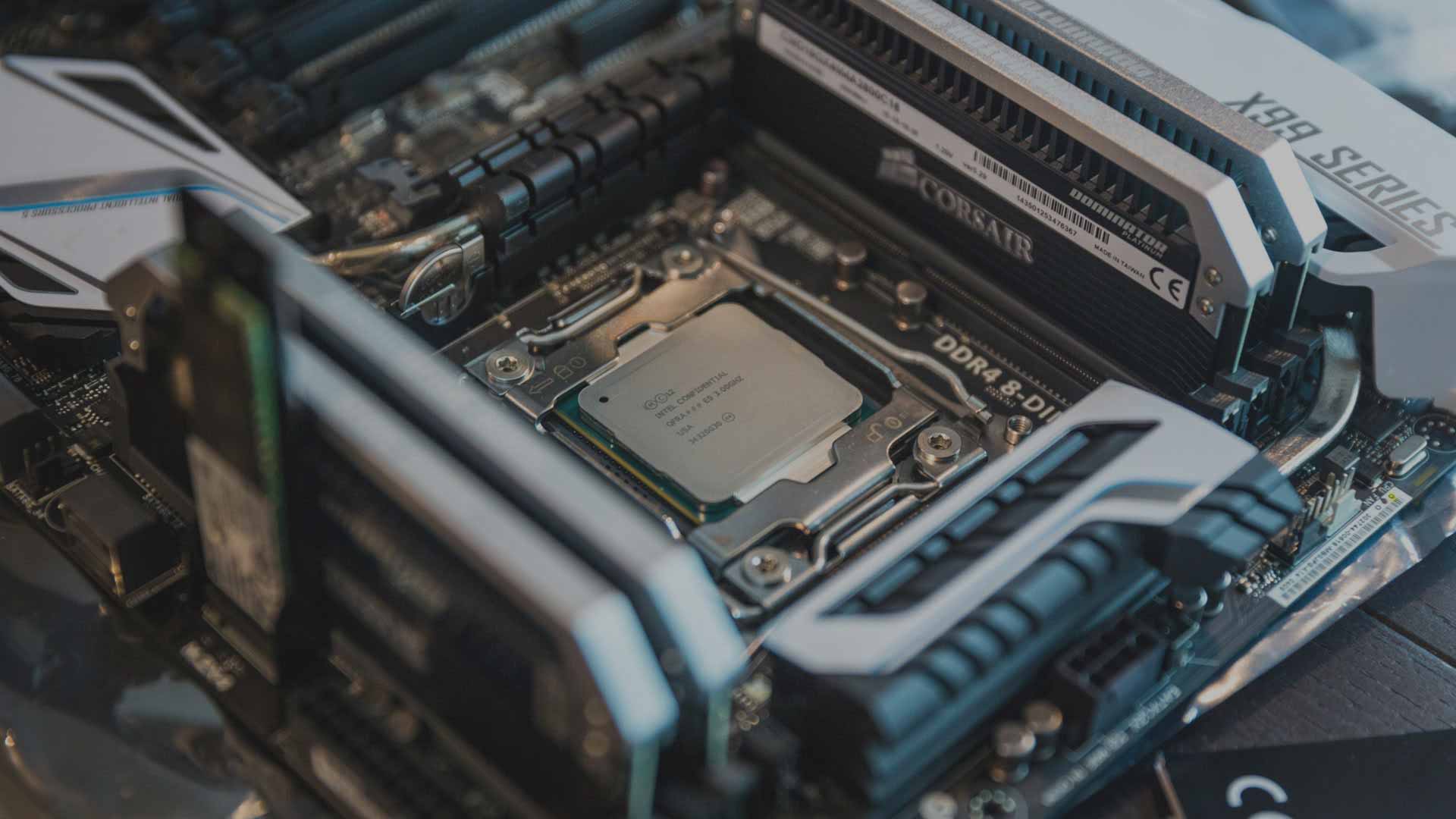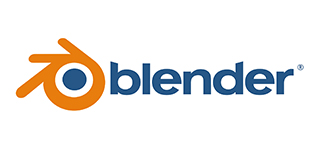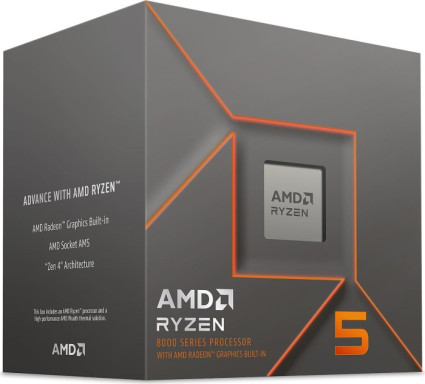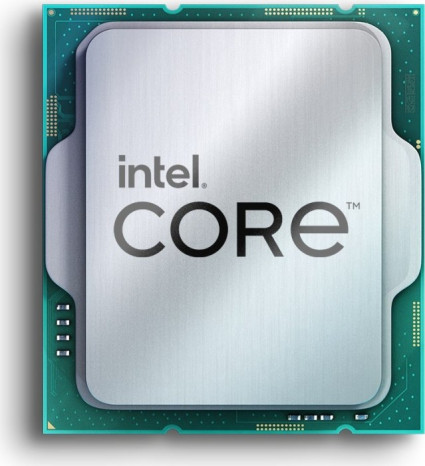
AMD Ryzen 5 8500G vs. Intel Core i5-14400F (B0)
In diesem Vergleich von AMD Ryzen 5 8500G versus Intel Core i5-14400F (B0) vergleichen wir die technischen Daten der beiden CPUs. Welcher Prozessor ist schneller? Hier gibt es FPS & Benchmarks in Gaming und Anwendungen.
Hinweis: Unsere Links sind Affiliate Links. Wir erhalten beim Kauf eine kleine Provision, ohne dass sich euer Preis erhöht.

Allgemeine Informationen
| Günstigster Preis |
|
|
| Serie | Ryzen 8000 | Intel Core i-14000 |
| Chip-Architektur | Zen 4 (Persephone) + Zen 4c (Dionysus) | Raptor Cove (P-Core) + Gracemont (E-Core) |
| Codename | Phoenix2 | Raptor Lake-S |
| Produktname | AMD Ryzen 5 8500G | Intel Core i5-14400F (B0) |
Spezifikationen
Die Anzahl der Rechenkerne, die maximale Taktrate und die Größe des Cache können sich auf die Leistung in Spielen und Anwendungen auswirken. Mit 6 Kernen bietet der AMD Ryzen 5 8500G deutlich weniger Kerne als der Intel Core i5-14400F (B0) mit 10 Rechenkernen. Der maximale Takt liegt beim AMD Ryzen 5 8500G mit 5.00 GHz etwas höher als beim Intel Core i5-14400F (B0) mit 4.70 GHz. Der Cache ist beim AMD Ryzen 5 8500G mit 6 MB L2-Cache + 16 MB L3-Cache zu 9.5 MB L2-Cache + 20 MB L3-Cache deutlich kleiner als beim Intel Core i5-14400F (B0).
| Kerne (Gesamt) | 6 | 10 |
| Anzahl P-Cores | 2C | 6C |
| Anzahl E-Cores | 4c | 4c |
| Basis-Takt | 3.50 (allgemein) GHz | 2.50 GHz |
| Takt P-Cores | 3.50 (allgemein) GHz | 2.50 GHz |
| Takt E-Cores | 4.10 (Zen 4) GHz | 1.80 GHz |
| Turbo-Takt | 5.00 (Zen 4) GHz | 4.70 GHz |
| Turbo P-Cores | 5.00 (Zen 4) GHz | 4.70 GHz |
| Turbo E-Cores | - | 3.50 GHz |
| Gesamter L2-Cache | 6 MB | 9.5 MB |
| Gesamter L3-Cache | 16 MB | 20 MB |
| Fertigung | TSMC 4 nm | Intel 7 |
| Rechenleistung | - | - |
| Leistungsaufnahme (TDP) | 65W 45W cTDP-down |
65W (Processor Base Power) 148W (Maximum Turbo Power) |
Mainboard-Kompatibilität
Während der AMD Ryzen 5 8500G den AMD AM5 Sockel nutzt, ist der Intel Core i5-14400F (B0) mit Mainboards für den Sockel Intel 1700 kompatibel. Die genaue Chipsatz-Eignung und die unterstützten PCIe-Lanes können Sie der Tabelle entnehmen.
| Sockel | AMD AM5 | Intel 1700 |
| Chipsatz-Eignung | A620, B650, B650E, B840, B850, X670, X670E, X870, X870E (modellabhängig: PRO 600, PRO 665, X600) | B660, B760, H610, H610E, H670, H770, Q670, Q670E, R680E, W680, Z690, Z790 |
| PCIe-3.0-Lanes | - | - |
| PCIe-4.0-Lanes | 14x (verfügbar: 10) | 4x |
| PCIe-5.0-Lanes | - | 16x |
RAM-Kompatibilität
Während Sie beim AMD Ryzen 5 8500G bis zu 256 GB vom Typ DDR5 im Dual Channel verbauen können, unterstützt der Intel Core i5-14400F (B0) bis zu 192 GB DDR4/DDR5 Arbeitsspeicher.
| Speicher-Controller | DDR5 | DDR4/DDR5 |
| Anzahl Speicherkanäle | Dual Channel | Dual Channel |
| max. Speichermenge | 256 GB | 192 GB |
| ECC-Unterstützung | - | - |
Grafik
| iGPU | ✓ | - |
| iGPU-Modell | AMD Radeon 740M | - |
| iGPU-Takt | 2,80GHz | - |
| iGPU-Einheiten | 4CU/256SP | - |
| iGPU-Rechenleistung | 1.43 TFLOPS (FP32) | - |
| iGPU-Architektur | RDNA 3, Codename "Phoenix2" | - |
| iGPU-Interface | DP 2.1, HDMI 2.1 | - |
| iGPU-Funktionen | 4x Display Support, AMD Eyefinity, AMD FreeSync 2, AV1 encode/decode, H.265 encode/decode, VP9 decode, DirectX 12.1, OpenGL 4.5, Vulkan 1.0 | - |
Sonstiges
| Freier Multiplikator | ✓ | - |
| Stepping | PHX2-A0 | B0, Spec Code: SRN47 |
| Heatspreader-Kontaktmittel | - | - |
| Temparatur max. | 95°C (Tjmax) | 100°C (Tjunction) |
| Fernwartung | - | - |
| Einführung | 2024/Q1 (8.1.2024) | 2024/Q1 (8.1.2024) |
| Herstellergarantie | 3 Jahre bei AMD® Boxed-Prozessoren (Info EN) | 3 Jahre bei Intel® Tray-Prozessoren beginnend mit den Desktop-Modellen der 12. Generation (Info DE/Info EN) |
CPU-Funktionen
| AES-NI | ✓ | ✓ |
| AVX | ✓ | ✓ |
| AVX2 | ✓ | ✓ |
| Boot Guard | - | ✓ |
| CET | - | ✓ |
| DL Boost | - | ✓ |
| EIST | - | ✓ |
| GNA 3.0 | - | ✓ |
| Idle States | - | ✓ |
| Instruction Set | - | ✓ |
| ISM | - | ✓ |
| MBEC | - | ✓ |
| Optane Memory Support | - | - |
| OS Guard | - | ✓ |
| Secure Key | - | ✓ |
| Speed Shift | - | ✓ |
| SSE4.1 | ✓ | ✓ |
| SSE4.2 | ✓ | ✓ |
| Thermal Monitoring | - | ✓ |
| VMD | - | ✓ |
| VT-d | - | ✓ |
| VT-x | - | ✓ |
| VT-x EPT | - | ✓ |
| XD Bit | - | ✓ |
Spiele

- AMD Ryzen 5 8500GAVG100.00 %1%100.00 %
- Intel Core i5-14400F (B0)AVG110.37 %1%113.45 %

- Intel Core i5-14400F (B0)AVG162.5 FPS1%114 FPS
- AMD Ryzen 5 8500GAVG156 FPS1%116 FPS

- Intel Core i5-14400F (B0)AVG430.5 FPS1%253.3 FPS
- AMD Ryzen 5 8500GAVG409.4 FPS1%249.8 FPS

- Intel Core i5-14400F (B0)AVG123.3 FPS1%82.8 FPS
- AMD Ryzen 5 8500GAVG122.5 FPS1%72.1 FPS

- Intel Core i5-14400F (B0)AVG176.2 FPS1%122.6 FPS
- AMD Ryzen 5 8500GAVG150.5 FPS1%108.7 FPS

- Intel Core i5-14400F (B0)AVG123.5 FPS1%90.7 FPS
- AMD Ryzen 5 8500GAVG108.2 FPS1%75.3 FPS

- Intel Core i5-14400F (B0)AVG189.9 FPS1%121.4 FPS
- AMD Ryzen 5 8500GAVG180.1 FPS1%115 FPS

- Intel Core i5-14400F (B0)AVG71.4 FPS1%52.6 FPS
- AMD Ryzen 5 8500GAVG59.3 FPS1%40.6 FPS

- Intel Core i5-14400F (B0)AVG212 FPS1%123.2 FPS
- AMD Ryzen 5 8500GAVG182.9 FPS1%98.8 FPS

- AMD Ryzen 5 8500GAVG1.23 FPSIntel Core i5-14400F (B0)AVG1.65 FPS

- AMD Ryzen 5 8500GAVG4.79 FPSIntel Core i5-14400F (B0)AVG2.25 FPS
Produktivität
Produktivität

- AMD Ryzen 5 8500GAVG100.00 %Intel Core i5-14400F (B0)AVG106.75 %

- AMD Ryzen 5 8500GPKT76723 PunkteIntel Core i5-14400F (B0)PKT83090 Punkte

- AMD Ryzen 5 8500GPKT1114 PunkteIntel Core i5-14400F (B0)PKT1233 Punkte

- AMD Ryzen 5 8500GPKT638 PunkteIntel Core i5-14400F (B0)PKT721 Punkte

- AMD Ryzen 5 8500GSEK409 SekundenIntel Core i5-14400F (B0)SEK398 Sekunden

- AMD Ryzen 5 8500GPKT687 PunkteIntel Core i5-14400F (B0)PKT868 Punkte

- AMD Ryzen 5 8500GPKT2280 PunkteIntel Core i5-14400F (B0)PKT2407 Punkte

- AMD Ryzen 5 8500GPKT11055 PunkteIntel Core i5-14400F (B0)PKT12680 Punkte

- AMD Ryzen 5 8500GSEK107 SekundenIntel Core i5-14400F (B0)SEK90 Sekunden




